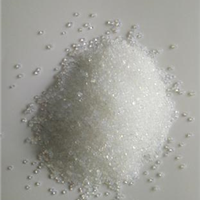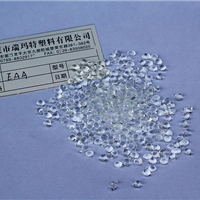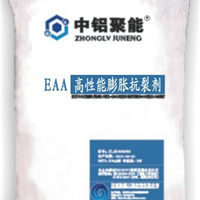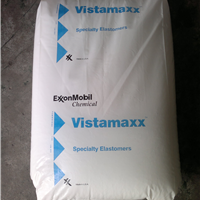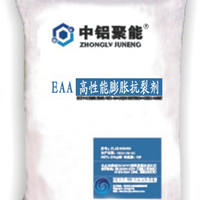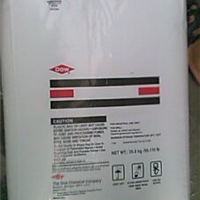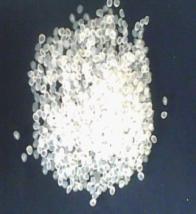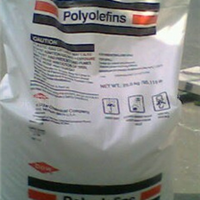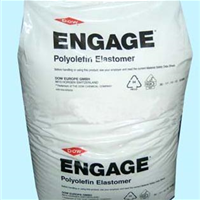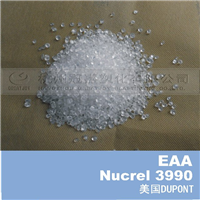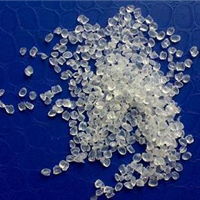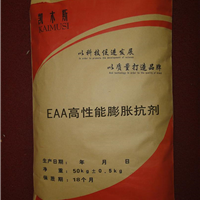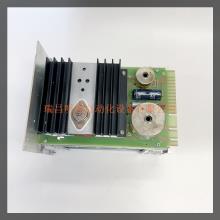During the development of the central nervous system, excitatory amino acids have different effects on the same brain region at different stages. The early stage of development is neurotrophic, and the late stage is "toxic". Excitatory amino acids are also affected by human sex hormones, thus regulating brain development. At the early stage of brain development, due to the over nutrition of excitatory amino acid system, the number of neurons in the basal ganglia and limbic system increased improperly. Under normal circumstances, excitatory amino acids mainly exist in the synaptic vesicles of nerve endings, which are released into the synaptic gap during depolarization, act on specific receptors of the postsynaptic membrane, and complete excitatory synaptic transmission and other physiological functions. However, excessive excitatory amino acids have neurotoxic effects on the nervous system, i.e., impromptu excitatory toxic effects. 130 male Wistar rats were randomly divided into immediate burn resuscitation group (n=60), delayed burn resuscitation group (n=50) and normal control group (n=10 in plateau area and n=10 in Lanzhou area) High performance capillary electrophoresis was used to detect excitatory amino acids (glutamic acid, Glu) content, the water content of brain tissue was measured by dry and wet weight specific gravity methods, and the apoptosis of neurons in cerebral cortex was observed by in situ end labeling (TUNEL). Results: After the rats rushed from Lanzhou area to plateau, the Glu content of brain tissue, the water content of brain tissue, and the number of TUNEL positive cells in cerebral cortex did not change significantly (P>0.05); After severe burn at high altitude, the Glu level in brain tissue decreased significantly at 1h after injury, continued to 24h after injury, and returned to normal level at 72h after injury (P<0.05); The Glu level in the brain tissue of the delayed resuscitation group was lower than that of the two normal control groups during the observation period. Compared with the immediate resuscitation group, the Glu level in the delayed resuscitation group was lower than that of the immediate resuscitation group except that there was no statistical difference at the time point 12 hours after injury (P<0.05). The water content in the brain tissue began to rise at 6 hours after injury, peaked at 24 hours, and dropped to the normal level 7 days after injury; The trend of change in the prolonged recovery group of high altitude burns was the same as that in the immediate recovery group of high altitude burns, but it did not recover 7 days after injury. TUNEL positive cells in the cerebral cortex increased at 1 hour after injury, and reached the peak at 24 hours after injury. The level was still higher than normal 7 days after injury, Not enough to cause the change of excitatory amino acid content in rat brain tissue, the occurrence of brain edema and the increase of apoptotic cells in cerebral cortex; After severe burn at high altitude and delayed resuscitation, extracellular excitatory amino acids decreased, accompanied by rapid brain edema in injured rats, and apoptotic cells in cerebral cortex increased significantly

